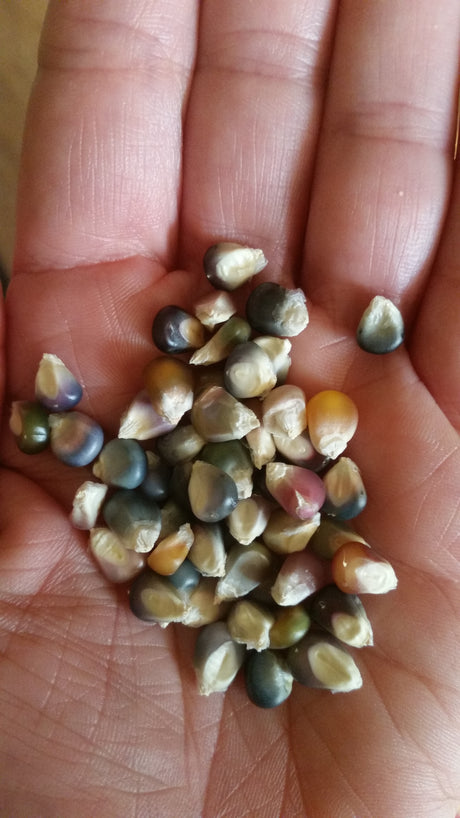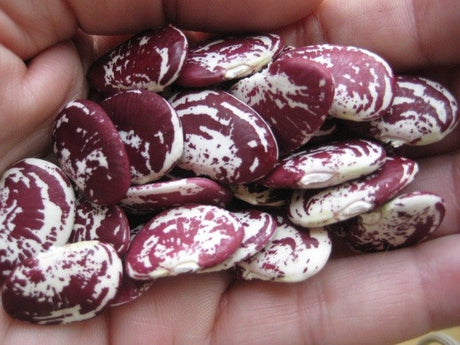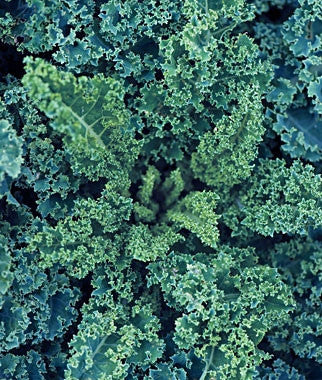
15 Survival Seeds to Stockpile
TIP: Stocking up on seeds for SHTF only works if you're actively growing and rotating seeds! Please don't fall for the "lasts indefinitely" claim from most survival seed companies. Seeds...
Mary Smith |
Welcome to our store Learn more

TIP: Stocking up on seeds for SHTF only works if you're actively growing and rotating seeds! Please don't fall for the "lasts indefinitely" claim from most survival seed companies. Seeds...
Mary Smith |

FOOD. Without food, we would not survive. Whether you are aware or not, our food choices make an impact every single day. From Ecocentric "Simply put, food is at...
Mary Smith |

How did you like All About KALE? Many of you gardeners have your gardens already put to bed. If you're in a warmer climate, you might be able to grow...
Mary Smith |

I'm growing more KALE in the garden this year. At the moment, they are tiny seedlings but they are growing! KALE is a Rockstar! KALE is considered a Superfood. From...
Mary Smith |

The official announcement was sent out today to our entire mailing list at Mary's Heirloom Seeds! Mary's Heirloom Seeds Quick Links Echinacea GARDENS FUNDRAISER Seed Starting SUPPLIES Organic Plant Food...
Mary Smith |

As promised, we are expanding our vegetable seed planting guide and including NEW MEXICO. This is one of many region-specific guides offered here at Mary's Heirloom Seeds. Find a complete...
Mary Smith |

As promised, we are expanding our vegetable seed planting guide and including ARIZONA. This is one of many region-specific guides offered here at Mary's Heirloom Seeds. Find a complete list...
Mary Smith |

*UPDATED 1/24/17*Broccoli is a cool weather crop that generally thrives in cooler temperatures that do not exceed 30°C (86°F). The ideal temperature for cultivating broccoli is between 65 - 75°F....
Mary Smith |
Over 1,000 varieties of Heirloom Seeds
Free Shipping on Qualifying orders of $20 or more
Planting guides to help you grow a successful garden